We had the chance to attend the opening of Fiber Futures: Japan’s Textile Pioneers exhibition last month (which coincided with the addition of the Japan Society’s headquarters to the Landmark Preservation Commission’s roster of buildings in New York) http://www.japansociety.org/page/
programs/gallery. The exhibition is significant in scale — 15 artists, some with room-size installations — and in the comprehensive portrait it provides of the practice of textile art in Japan today. The materials, techniques and sensibility of the pieces varies widely. “During the past decade,” writes in her essay for the exhibition catalog, Hiroko Watanabe, a professor at Tama Art University and one of the participants in the exhibition, “the unique softness and flexibility of fabric — qualities shared by no other material — have inspired these artists to move beyond mere mastery to create daring, original works that hold the promise of still more impressive advances in the years to come.” There are five related lectures and workshops coming up in November and December:
LECTURE
Mastermind in Textile: An Evening with Dai Fujiwara
Wednesday, November 16, 6:30 PM;
WORKSHOP
Free-Form Saori Weaving Workshop
Sunday, November 20, 10 AM
Sunday, November 20, 1 PM
WORKSHOP
Irresistible Colors: Shibori-Dyeing Workshop
Saturday, December 3, 1 PM
WORKSHOP
Nature’s Inspiration: Embroidery Workshop
Saturday, December 10, 1 PM
WORKSHOP
Nature’s Inspiration: Embroidery Workshop
Saturday, December 10, 1 PM
All at the Japan Society, 333 East 47th Street, New York, New York (212) 832-1155.
If you cannot get to New York, or you just want to learn more, there is a catalog, Fiber Futures: Japan’s Textile Pioneers, produced by Yale University and available from browngrotta arts http://www.browngrotta.com/
Pages/b45.php. There’s also a free Fiber Futures app with images and artist statements http://itunes.apple.com/kz/app/fiber-futures-japans-textile/id464150856?mt=8, and a video tour by Nihon NY, on the exhibition, Episode 18, http://www.youtube.com/watch?v=RE1X279oDVo.

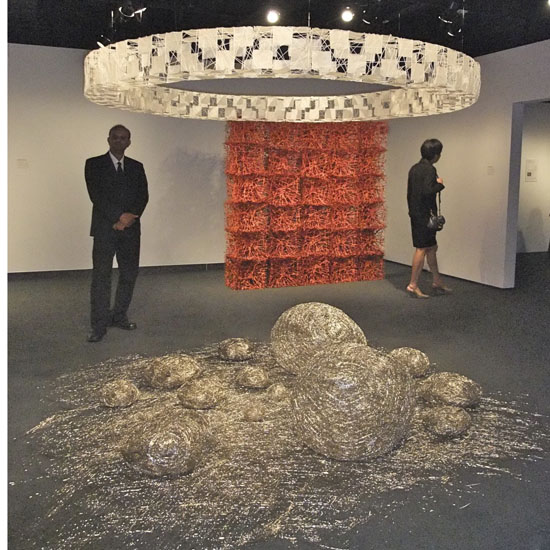
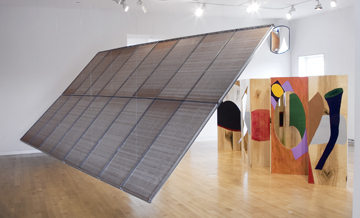
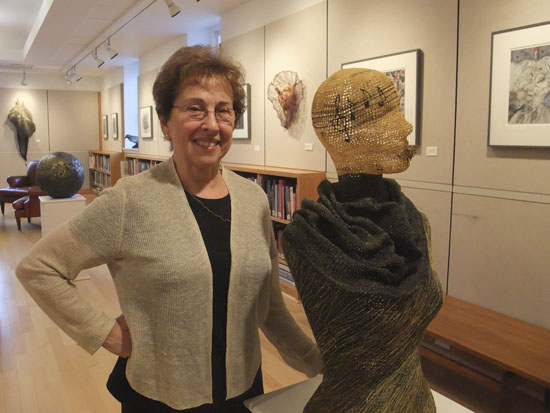
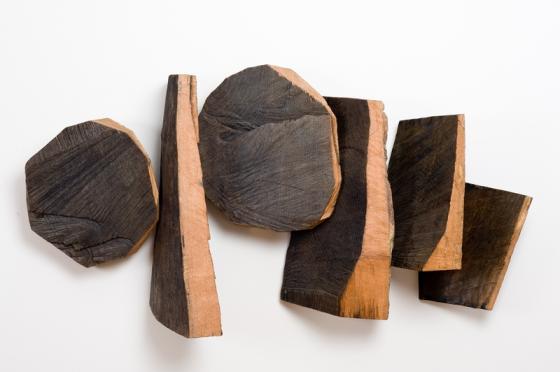
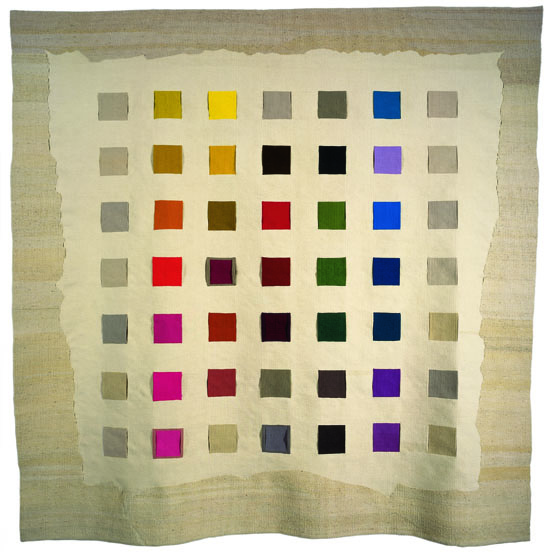
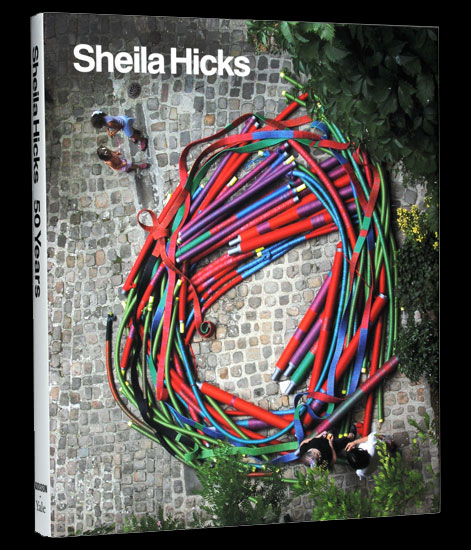
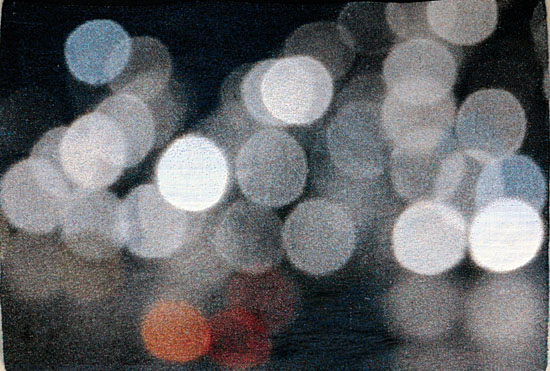
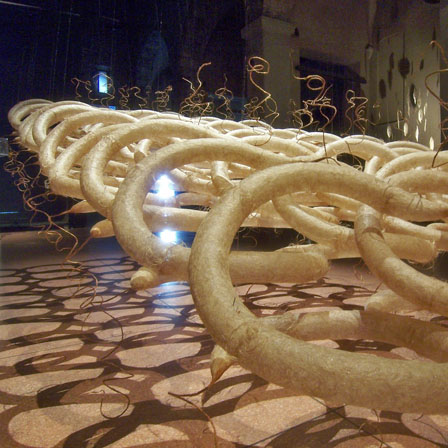
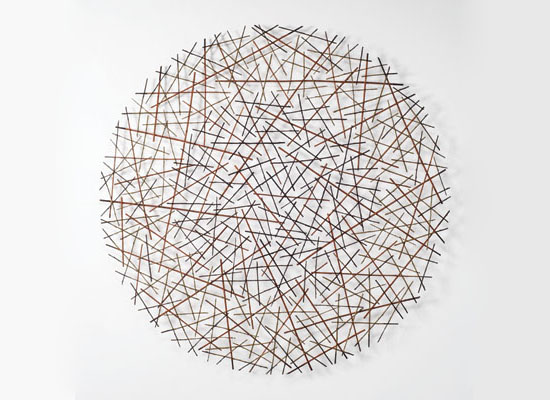
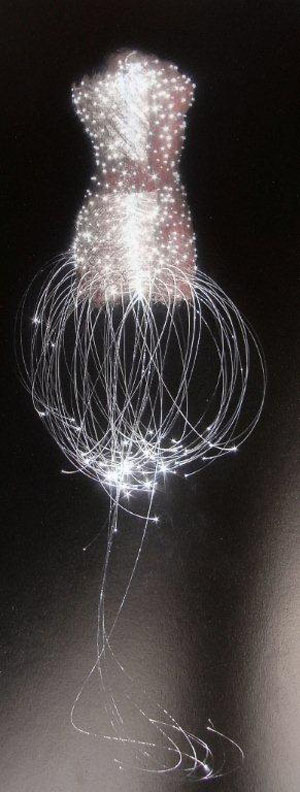
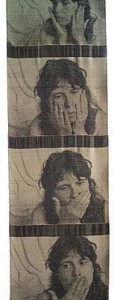

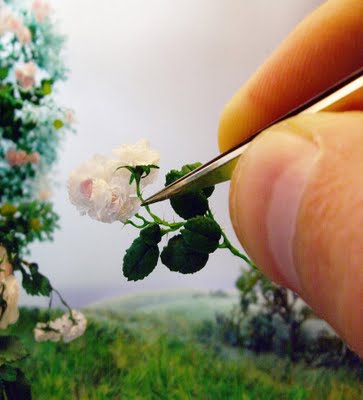
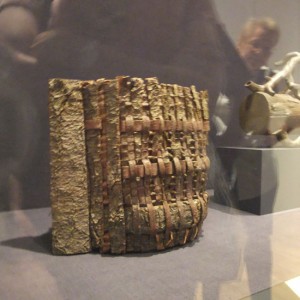
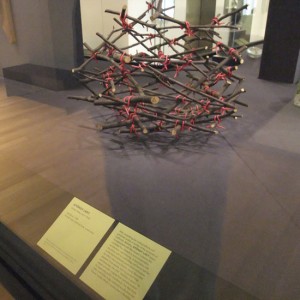
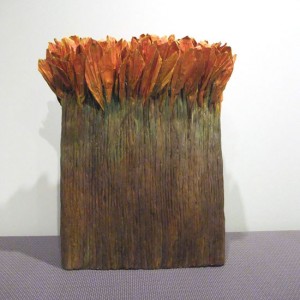

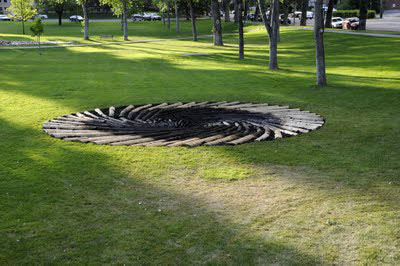
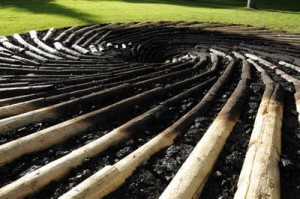
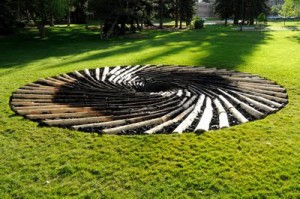
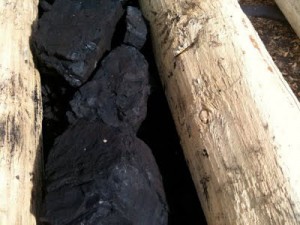
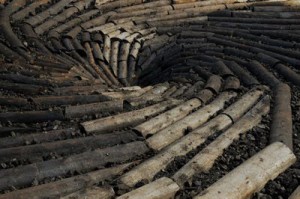
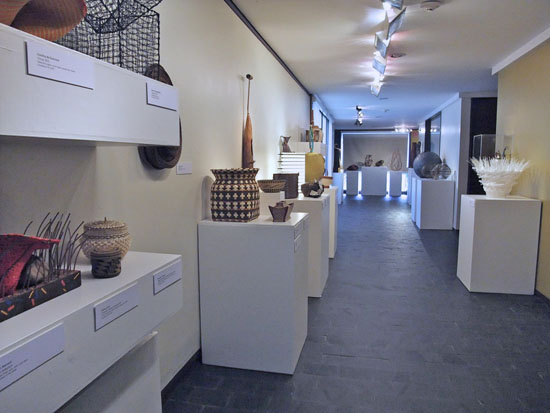

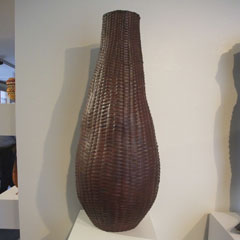
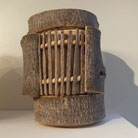
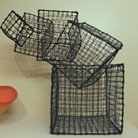
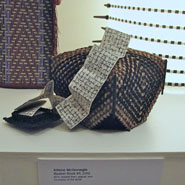
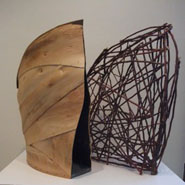
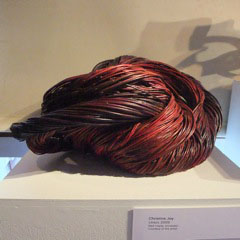
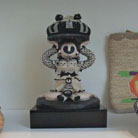
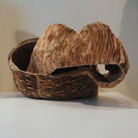
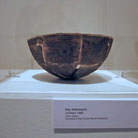
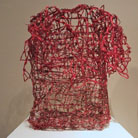
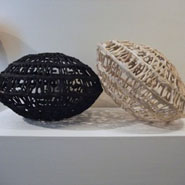
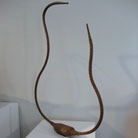
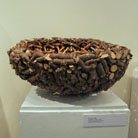
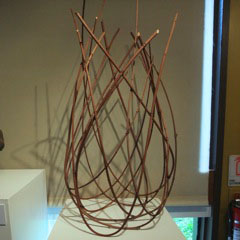
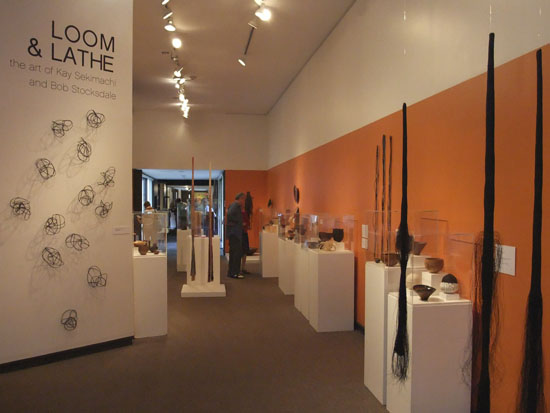
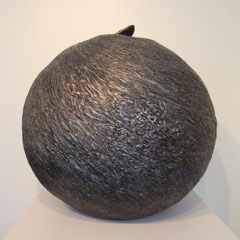
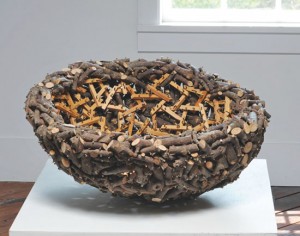
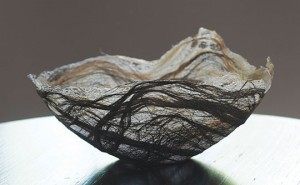
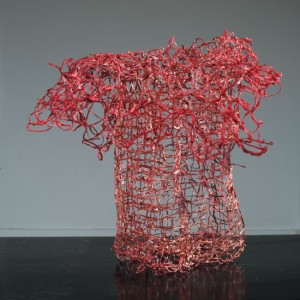
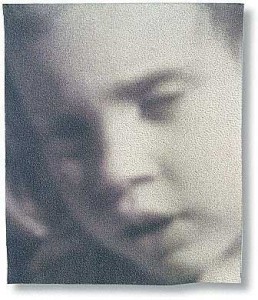
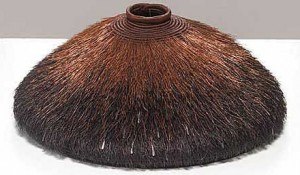

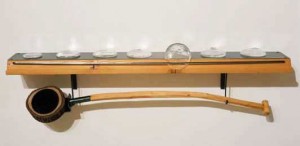
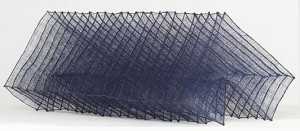
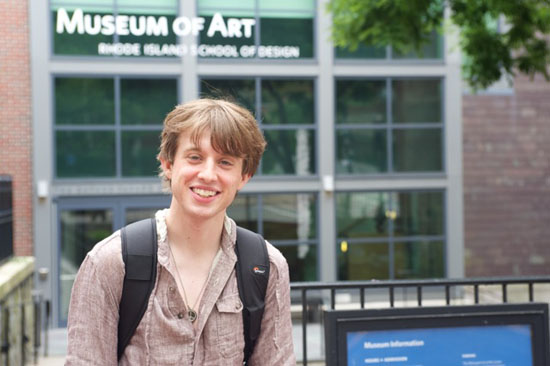
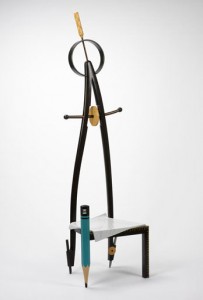
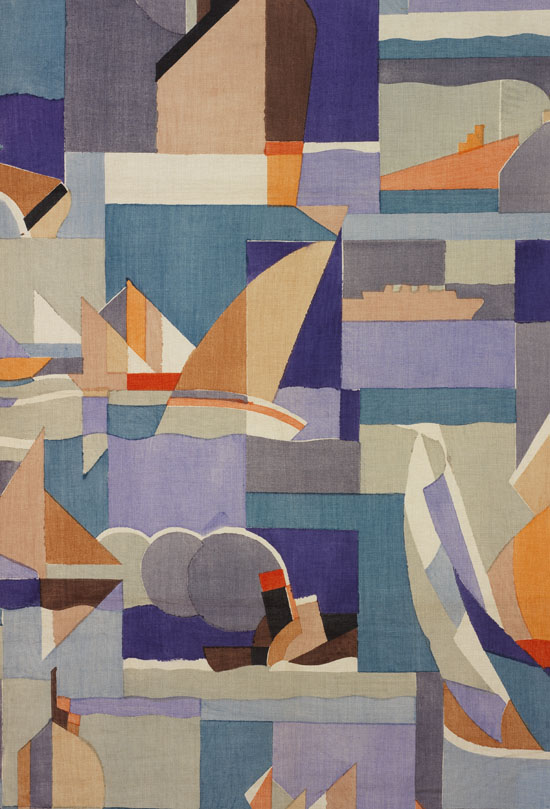
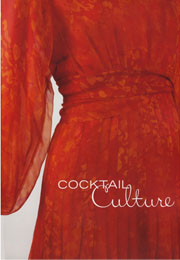
Dispatches: Art in situ on Monhegan Island, Maine
artists’ studios open to the public and to appreciate the abundant plant life and bird population. One of our favorite sites, however, was not listed in any of the literature. We were delighted when we stumbled upon an art colony of tiny structures populating Trail 11. Reminiscent of the World Beach Project https://arttextstyle.com/2010/05/14/eco-art-news-world-beach-project, in which beachgoers create sculptures of stones, visitors to Trail 11 have created small sculptures of sticks, bark, pinecones, leaves and shells. Some are more accomplished than others, but it was the sheer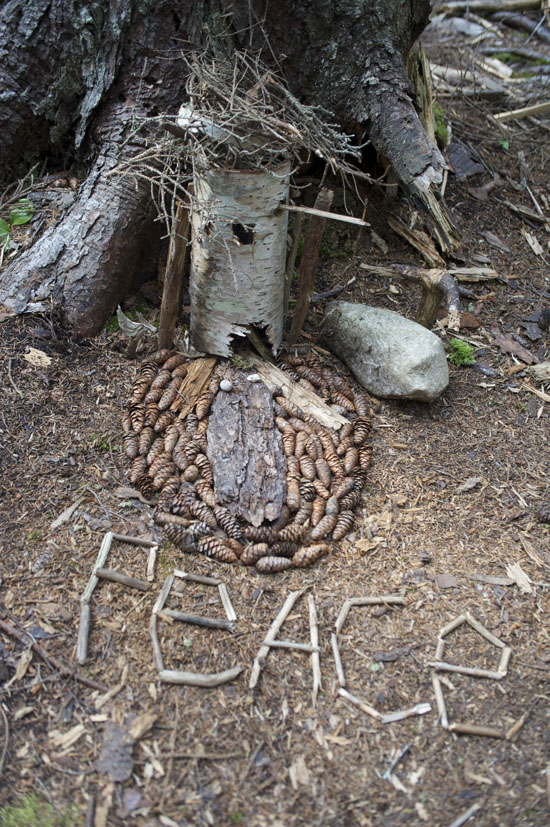
volume that impressed us. We stopped counting at 100, but until then, we had great fun looking behind tree roots, around rocks, in branches and creeks to find as many as we could. And, we couldn’t leave without making a contribution; Carter, our budding artiste, created the word “ART” out of large sticks.
Carter’s contribution to trail 11, Monhegan Island photo by Tom Grotta